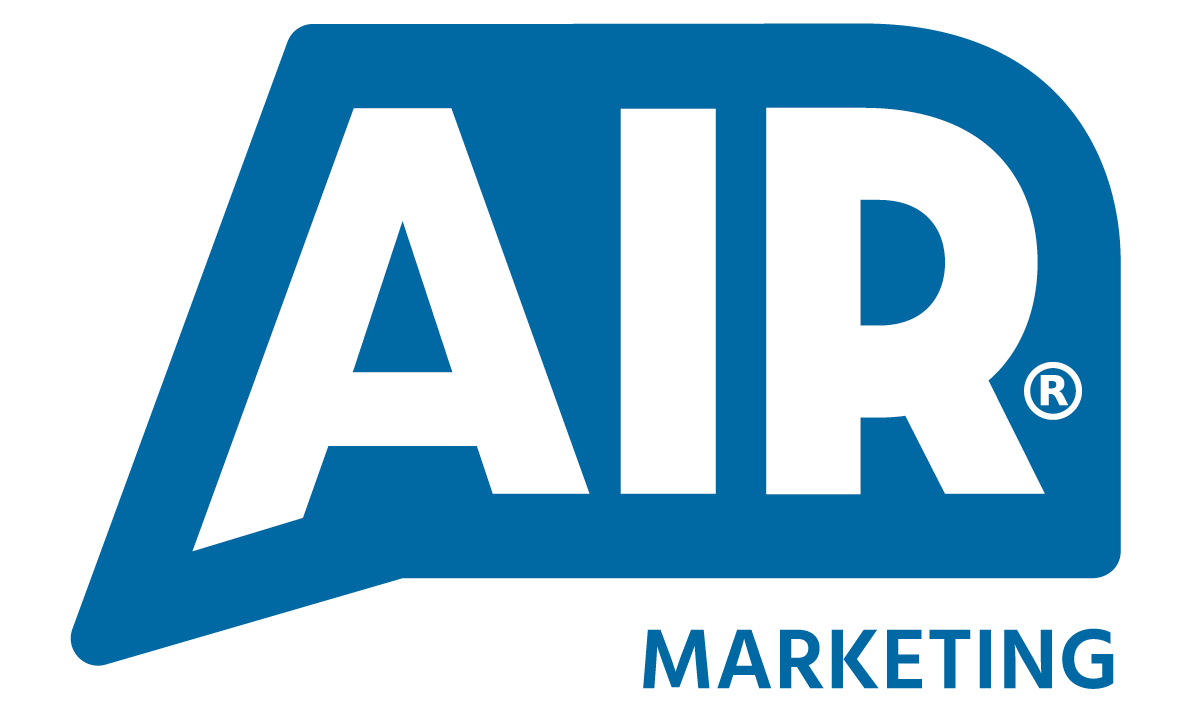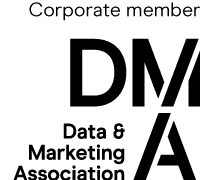“The best salespeople today act more like consultants than traditional reps.”
For years, the utilities sector has been powered by tried-and-tested sales tactics: cold calls, bulk mailers, and lengthy procurement cycles that move at the speed of a slow-charging EV battery. But times have changed. Customers are savvier, markets are evolving, and the old-school playbook is no longer fit for purpose.
So, if traditional sales approaches no longer work, what should utilities companies do instead? Let’s take a closer look at why the shift is happening – and how forward-thinking firms can adapt.
The Problem with Traditional Sales in Utilities
- Customers Have More Control
Once upon a time, utilities companies could dictate terms. Now, digital platforms have put power (literally and figuratively) in the hands of customers. Whether it’s comparing energy providers or choosing a new smart home solution, today’s buyers expect transparency, speed, and self-service options. If they have to jump through hoops to get information, they’ll simply go elsewhere.
- Procurement is No Longer a Slow Game
Historically, sales in the utilities sector involved long RFPs (Request for Proposal), multiple stakeholder approvals, and decisions that took months, if not years. But automation and AI-powered procurement tools have sped things up. Customers don’t have time for drawn-out pitches and old-school sales cycles.
- The “Push” Model is Dead
Hard-selling tactics and aggressive pitches feel out of place in today’s utilities market. Customers don’t want to be “sold to” – they want to be educated, advised, and empowered to make their own choices. The companies that focus on value, rather than just selling, will win the race.
The New Sales Playbook: What to Do Instead
- Shift to a Consultative Approach
Modern sales isn’t about convincing someone to buy; it’s about guiding them to the right decision. Utilities firms should act as advisors, helping customers navigate options, regulatory changes, and emerging technologies. Whether it’s sustainability, efficiency, or cost-saving strategies, the best salespeople today act more like consultants than traditional reps.
- Embrace Digital-First Sales
If customers are searching for solutions online, why are so many sales teams still relying on cold calls alone? Digital marketing, content strategies, and self-service portals allow buyers to do their own research before ever speaking to a salesperson. However, a well-timed, strategic cold call can still be an effective tool to engage decision-makers, clarify needs, and drive meaningful conversations. Companies that integrate digital-first sales strategies alongside personalised outreach will be the ones capturing demand, rather than chasing it.
- Focus on Personalisation
No one wants a one-size-fits-all pitch. With AI-driven insights and customer data analytics, utilities companies can personalise their outreach, ensuring customers receive relevant recommendations based on their specific needs. Whether it’s a tailored energy efficiency report or a predictive maintenance schedule, personalisation makes sales efforts more effective.
- Build Trust, Not Just Pipelines
The utilities sector is built on trust. Customers aren’t just buying a service – they’re making a long-term commitment. Sales teams need to focus on credibility, transparency, and customer education rather than quick wins. By offering valuable insights, engaging in thought leadership, and being upfront about costs and benefits, utilities firms can foster stronger, longer-lasting relationships.
The Bottom Line
Traditional sales methods in utilities are fading fast. Customers now expect seamless, digital-first interactions, personalised recommendations, and value-driven conversations. Utilities companies that shift away from outdated sales tactics and embrace a more consultative, tech-enabled approach will be the ones that thrive.
The future of sales in utilities isn’t about pushing harder – it’s about making it easier for customers to buy.
Now, who’s ready to rethink their sales strategy? Our sales and marketing experts can help. Speak to us on 07884 185911, or enquire here.








